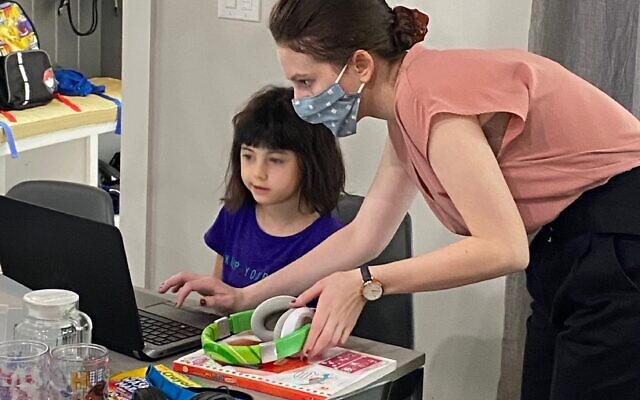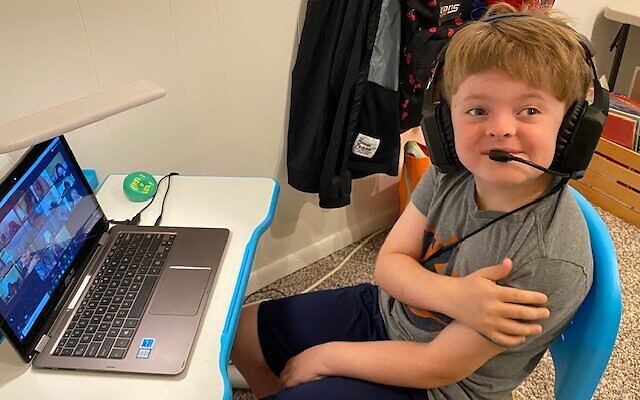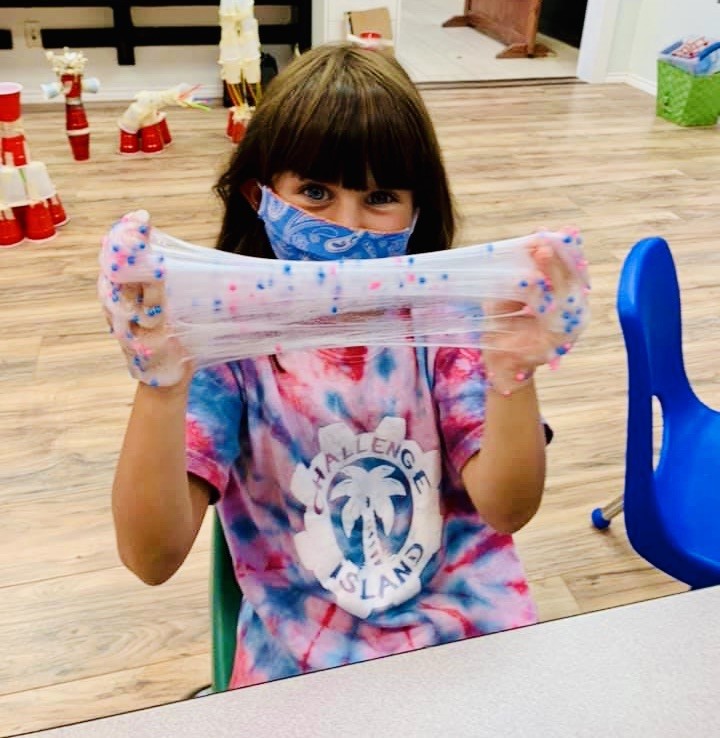Modern One Room Learning Pods
Creating small groups of learners during the pandemic offers an alternative to in-person instruction with socialization and personalized education for homebound students.
Working with parents this summer as CEO of In the City Camps, Eileen Price heard the need for an alternative education option this school year. She saw the necessity to go a step further for both campers and their parents than simply virtual programming and developed new “pop-up” camps and In the City Camps clusters.
For the school year, she realized virtual school facilitators would be needed to assist parents working at home and serving as their children’s surrogate and supplemental teachers and those working outside the home who do not have the time or knowledge to help their children learn effectively. Soon after, Learning Pods ATL was established. The deeper Price delved into her discussions with parents, the more she learned how concerned they were about the return to school.
In addition to academic concerns, parents were equally nervous about their children’s emotional well-being and their need for social enrichment.
Learning pods, also being referred to as pandemic pods or micro-schools, are gaining popularity across the country, according to an AARP study involving educators who have been affected by the pandemic. They are typically small groups of students learning together with facilitators who work with students in person. The study states that “veteran teachers are being wooed by families seeking high-quality educational instruction and by companies offering to help families create pandemic pods.” The demand, AARP observed, is unprecedented.
Pods are especially useful for working parents who can afford the small-group experience. Although there is no single standard for how pods work, the premise is generally the same: A group of parents get together and hire a facilitator or a teacher. Due to their small size, pods are beneficial for personalization and providing individualized tutoring.
Parents determine what the subjects will be, what type of instructor to hire, how many hours per day or week the pod will meet, and where. At a time when students and families are so isolated, learning pods are an innovative way to learn during a pandemic, with the added benefit of social connection and guidance.
In the case of Learning Pods ATL, Price and her team partner with families to find the learning pod, facilitator and curriculum that best fits the student and family’s needs. She ensures all facilitators are screened and trained by the staff director.
Because the pods are so small, each facilitator develops a deep connection with the students. The facilitators supplement the students’ learning with sensory activities and fun projects. If one child needs some extra help, the facilitator can work with that student while the others take a break or work on a different assignment. The facilitator also works closely with the school and classroom teacher to ensure that work is being completed and the student understands the subject matter.
Pods can vary with different grade levels and family situations. Each is customized for the group’s needs. When a family or group decides to create a pod with Learning Pods ATL, they document their COVID comfort level, academic goals and needs, the student’s home school, grade(s), geographic location and learning style. Parents can also indicate any special needs they might have.
Some learning pods customize supplementary education to virtual learning. Sharon Estroff, founder and CEO of Challenge Island, recently created a new COVID-safe supplemental program to benefit students. It adds social and STEAM enrichment to students’ curriculum. The programs, taught by certified instructors, were created to help students stay engaged in STEAM (Science, Technology, Engineering, Arts and Math) activities while safely socializing with others. Challenge Island helps parents create their social bubble (or pod) or helps them join an existing one. It integrates the STEAM and enrichment based on the students’ school lessons.
Challenge Island pods meet in neighborhood clubhouses, students’ backyards or wherever the group decides is convenient and safe. Estroff’s goal is to become partners with parents and schools while keeping families and staff safe.
By limiting the number of children in a group, the risk for coronavirus stays low, according to guidelines updated Aug. 21 from the Centers for Disease Control and Prevention. Each member of the pod sets specific and clear rules about how they plan to stay socially distant, their position on mask-wearing, hand-washing and other activities. Prior to formation of a pod, or what Estroff refers to as a “social bubble,” families agree not to socialize in-person with people outside of their group. Estroff advises, however, in the unfortunate case someone tests positive or becomes sick, parents in the pod need a backup plan.






comments